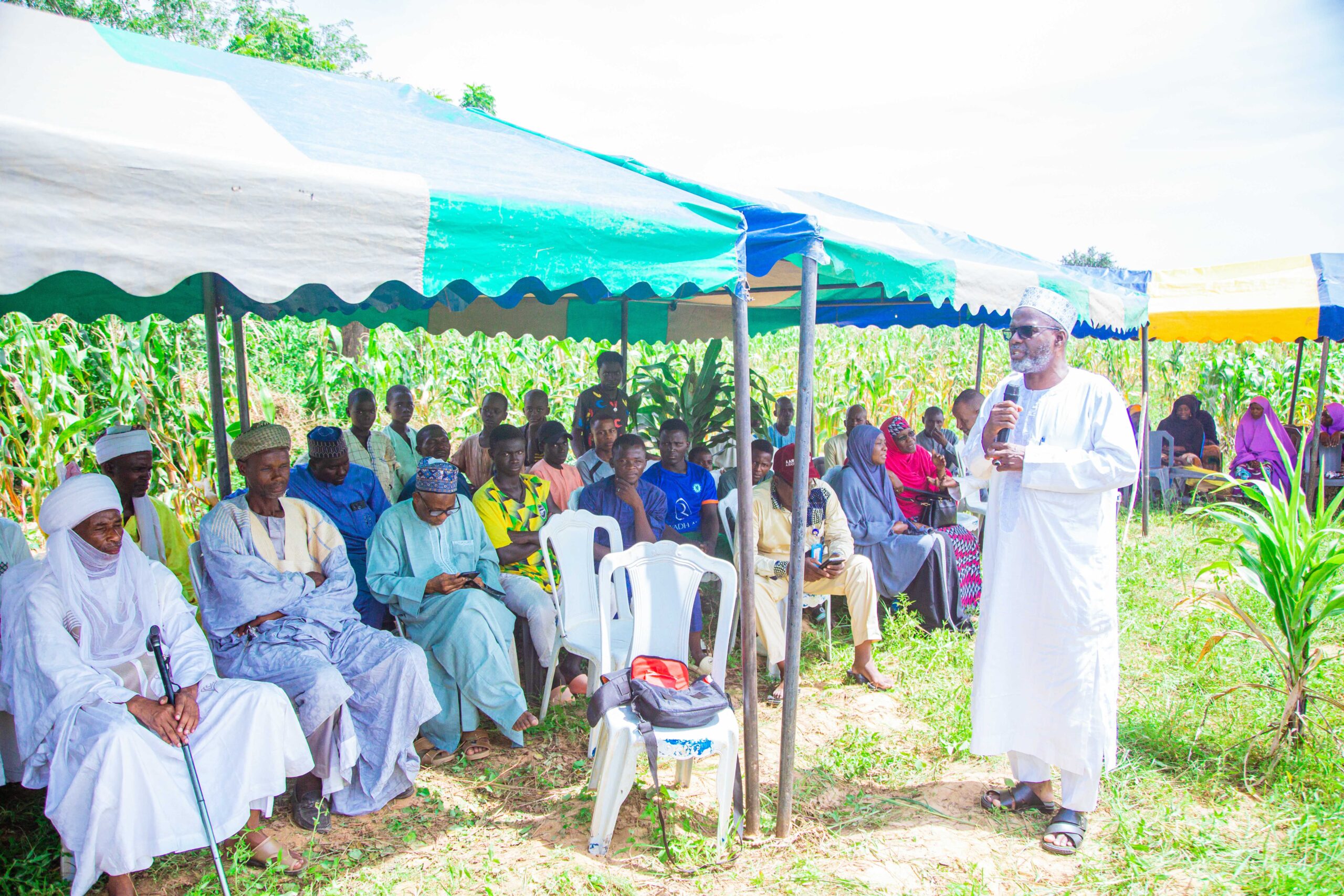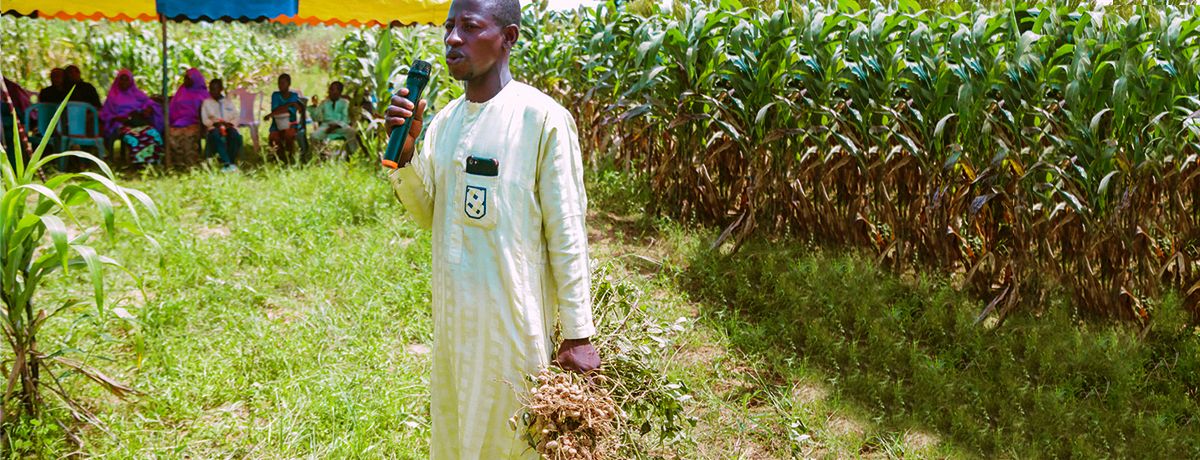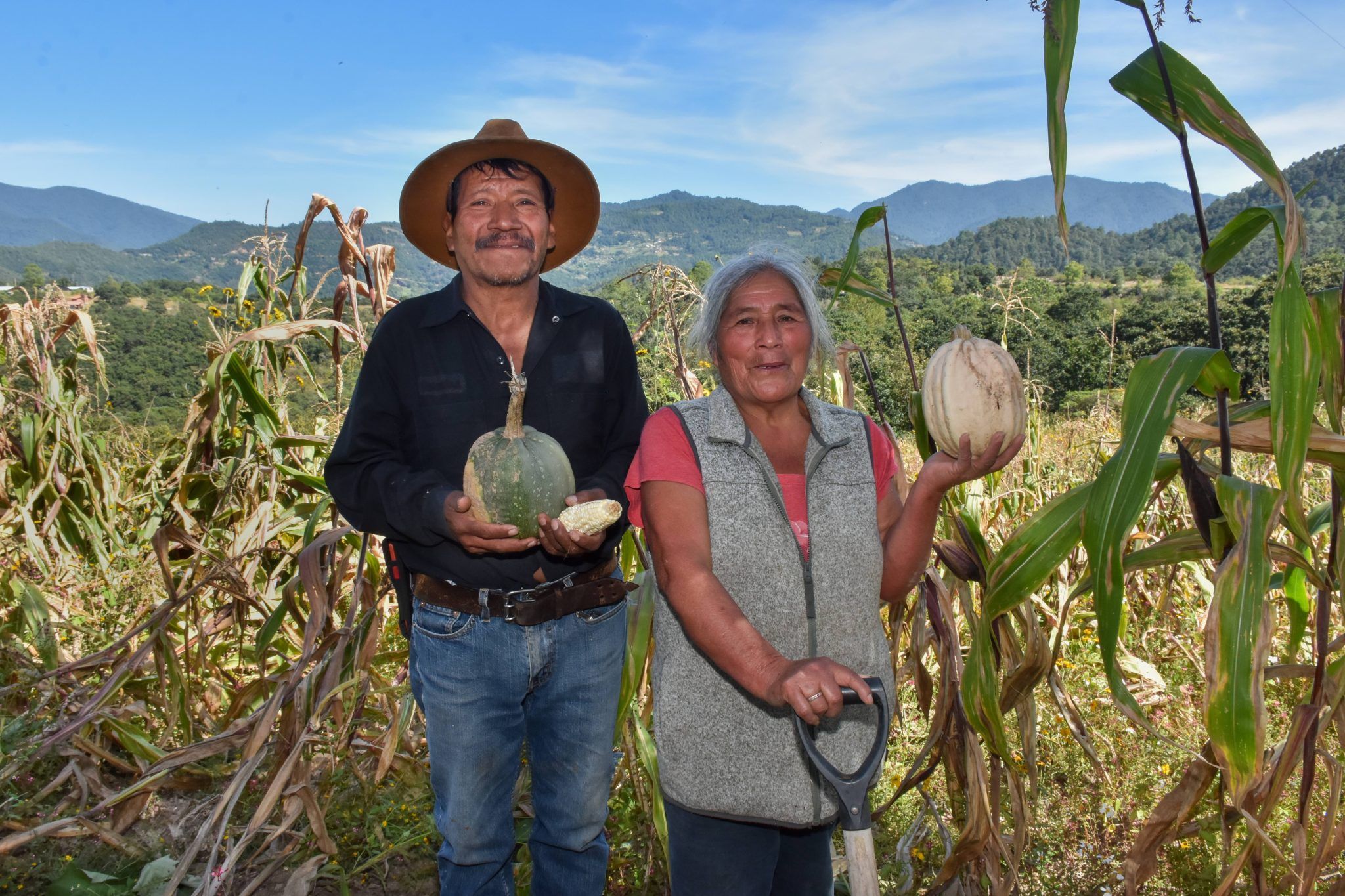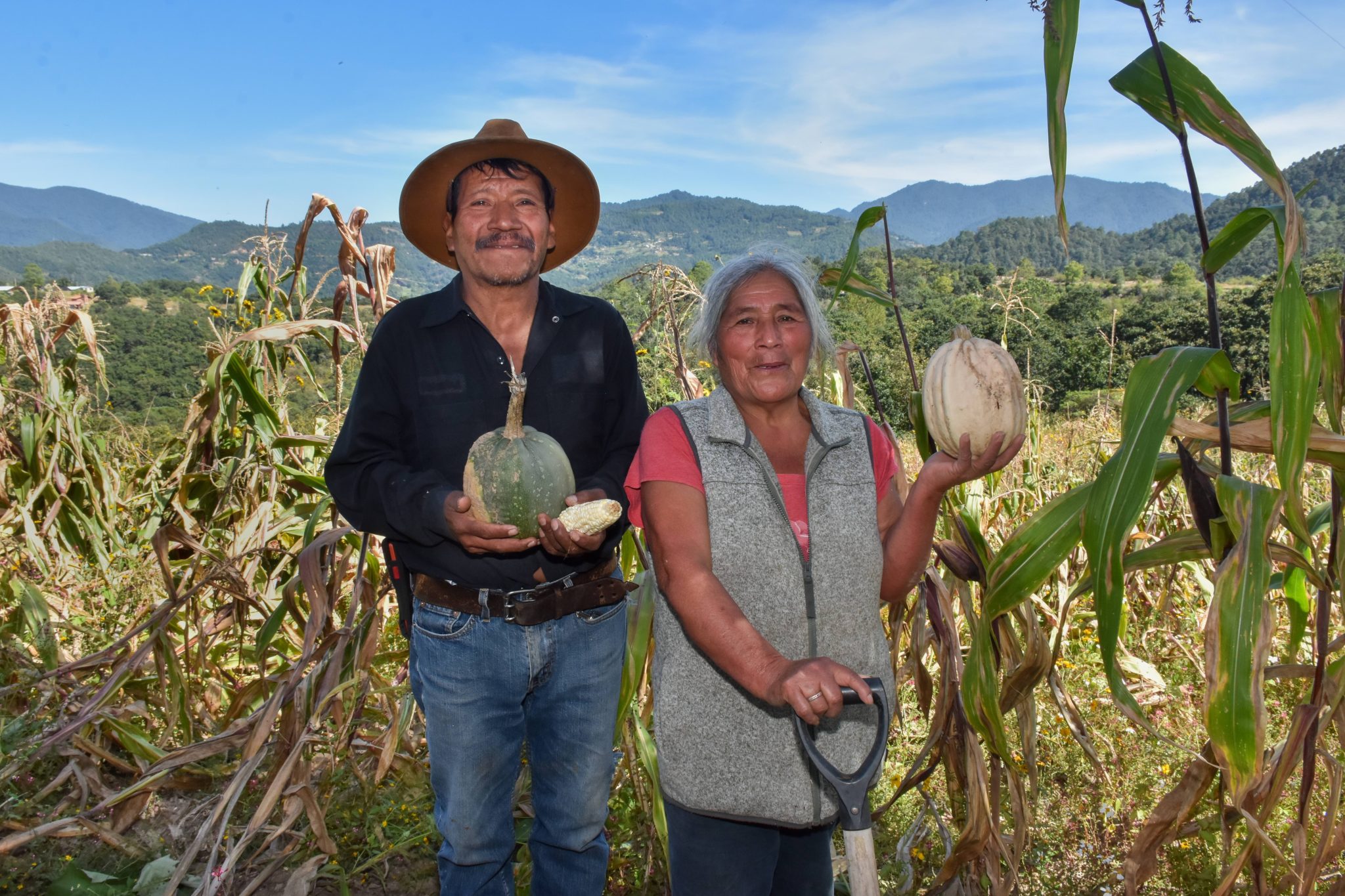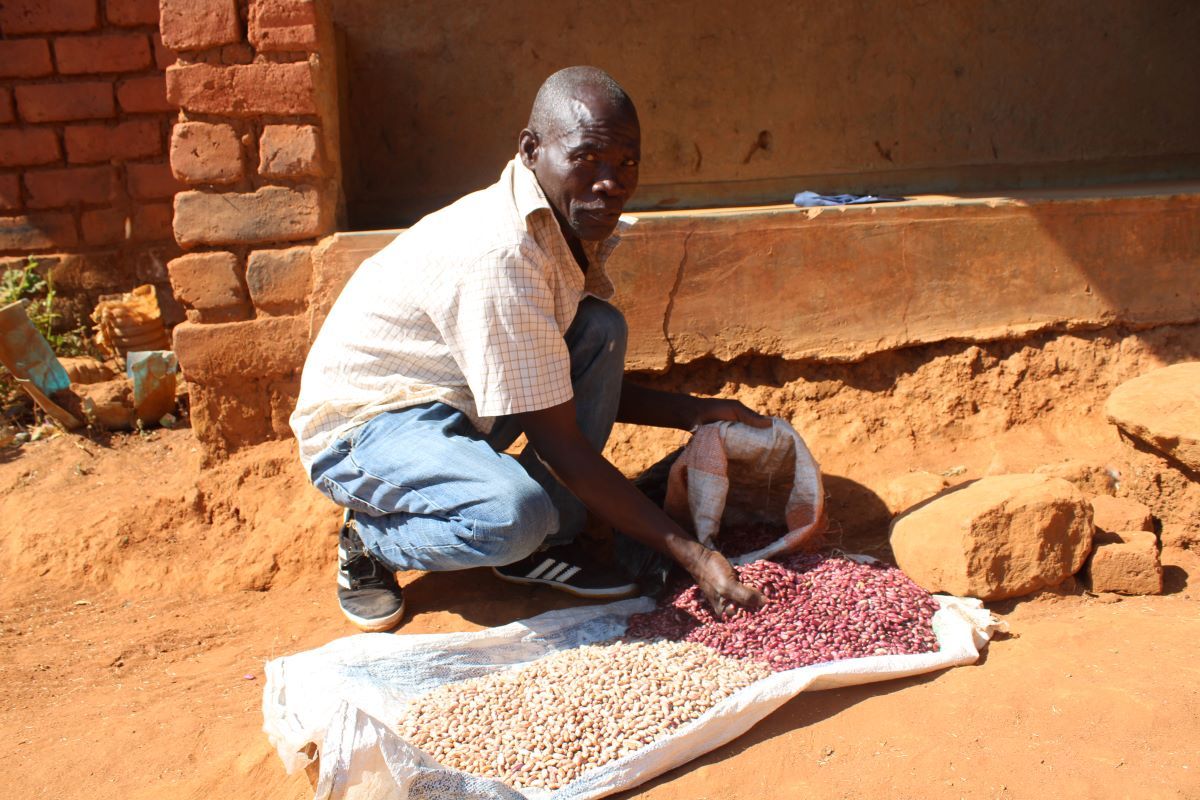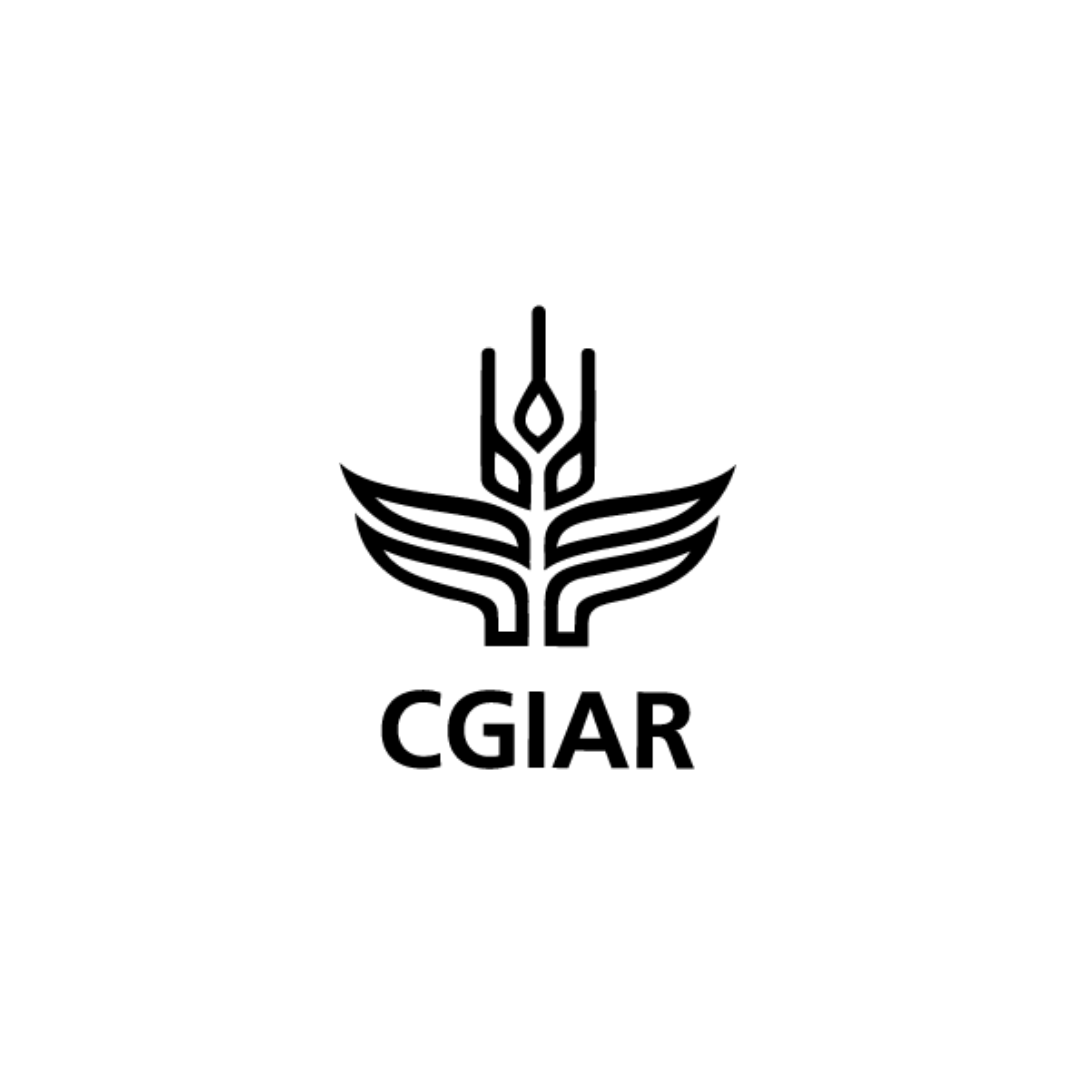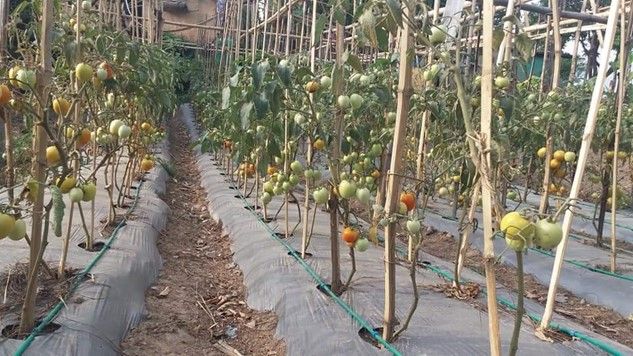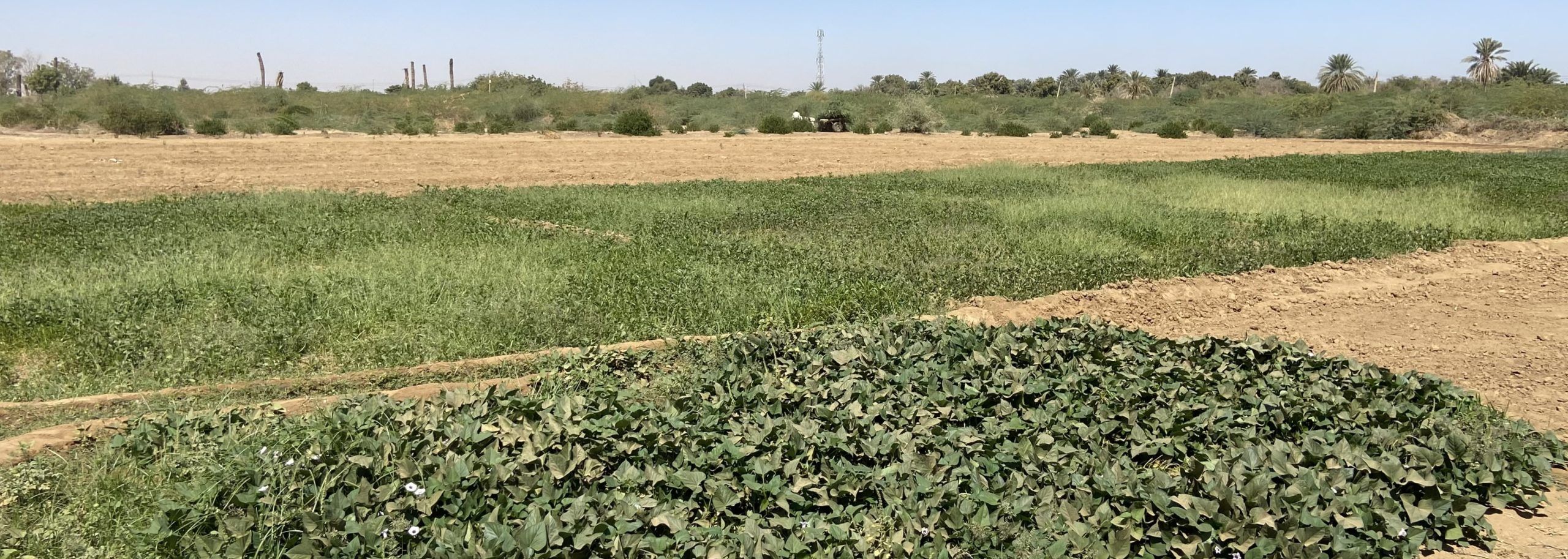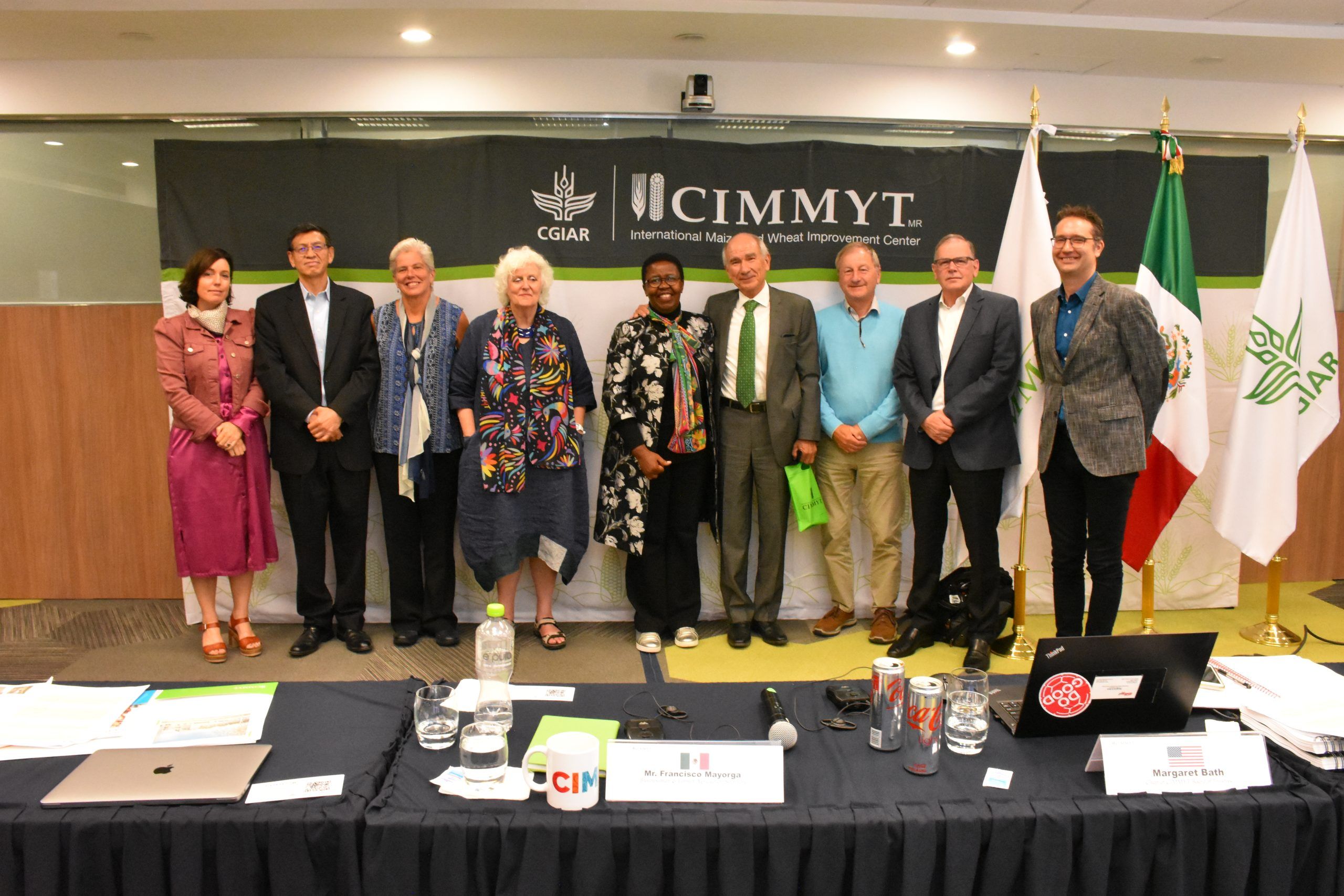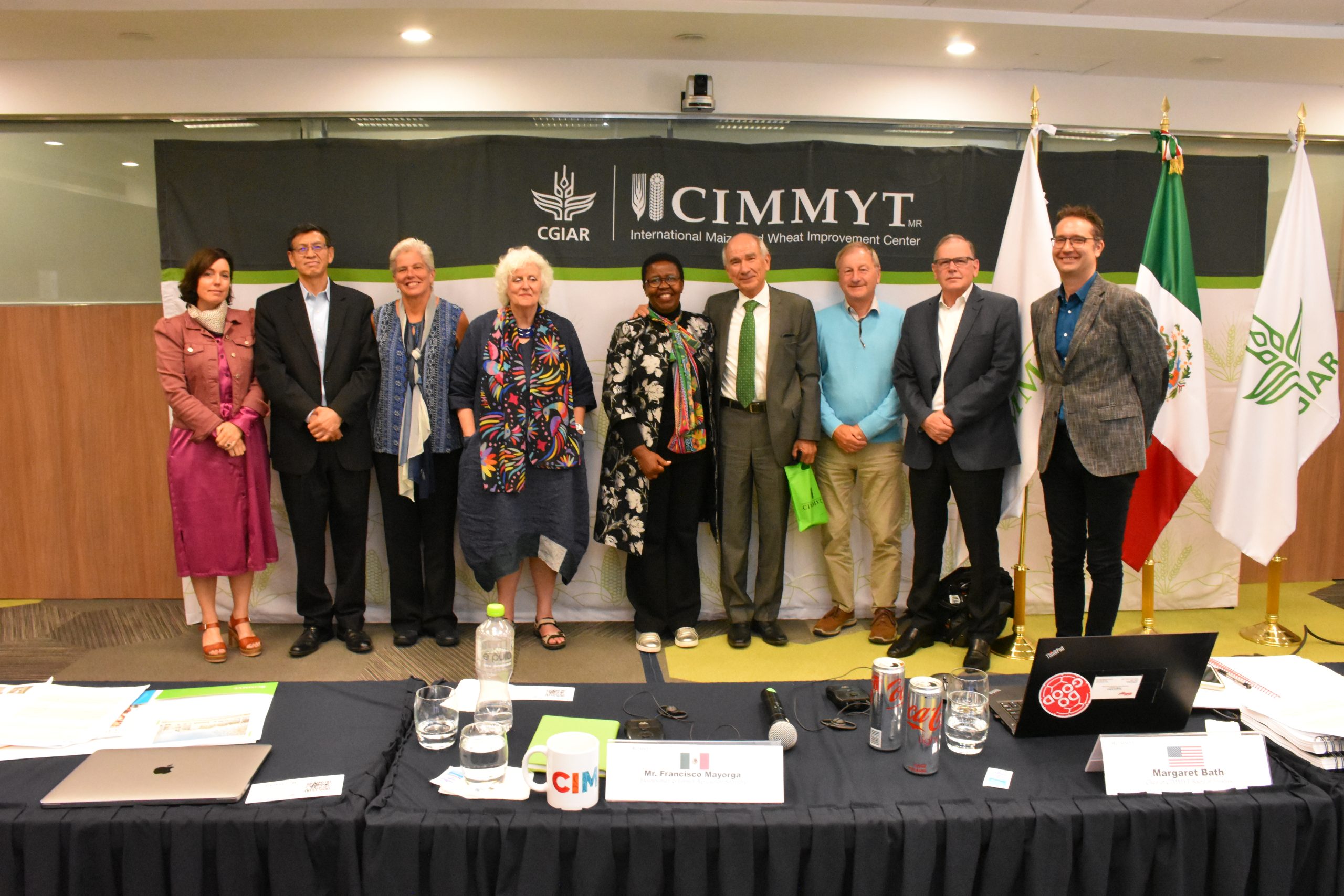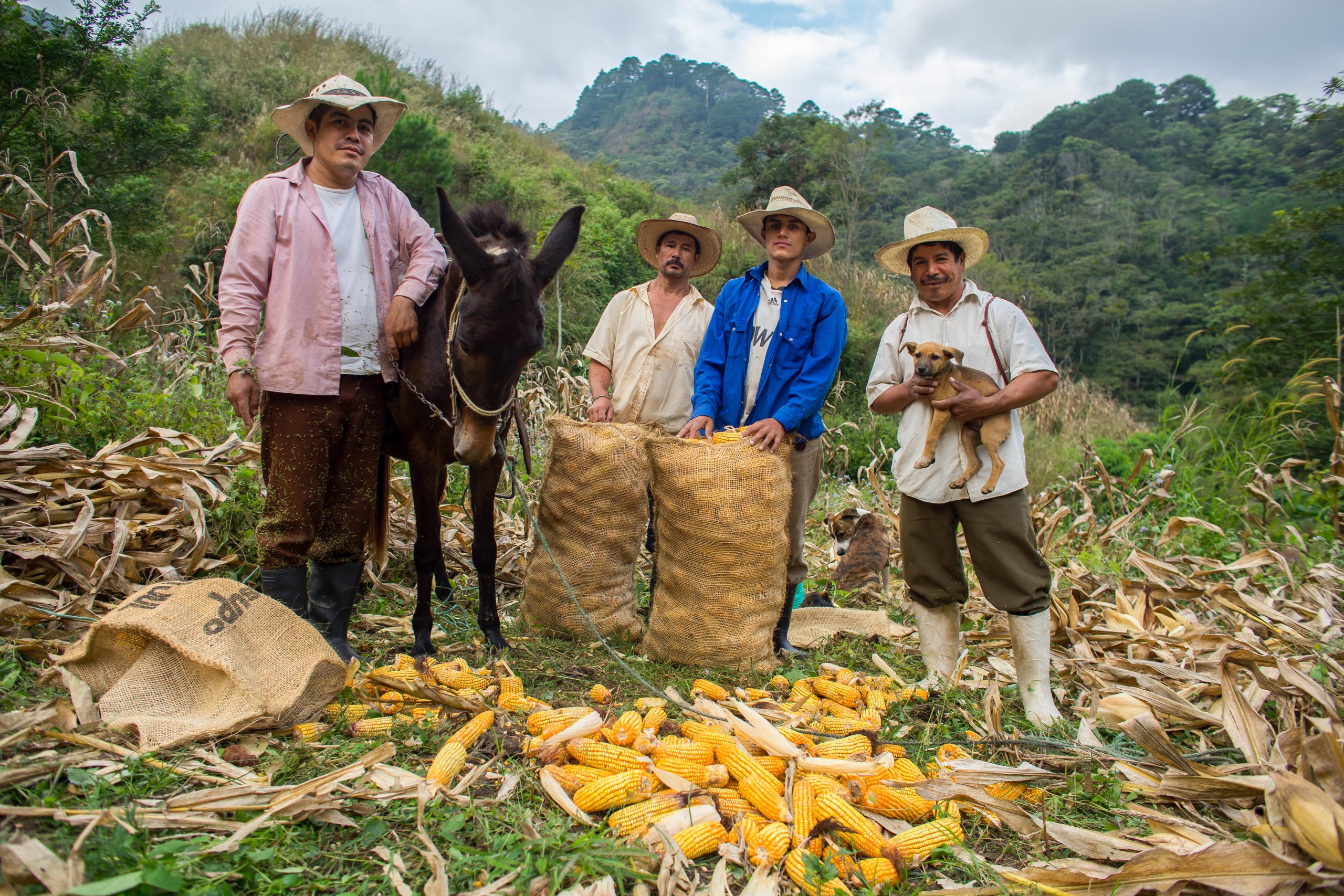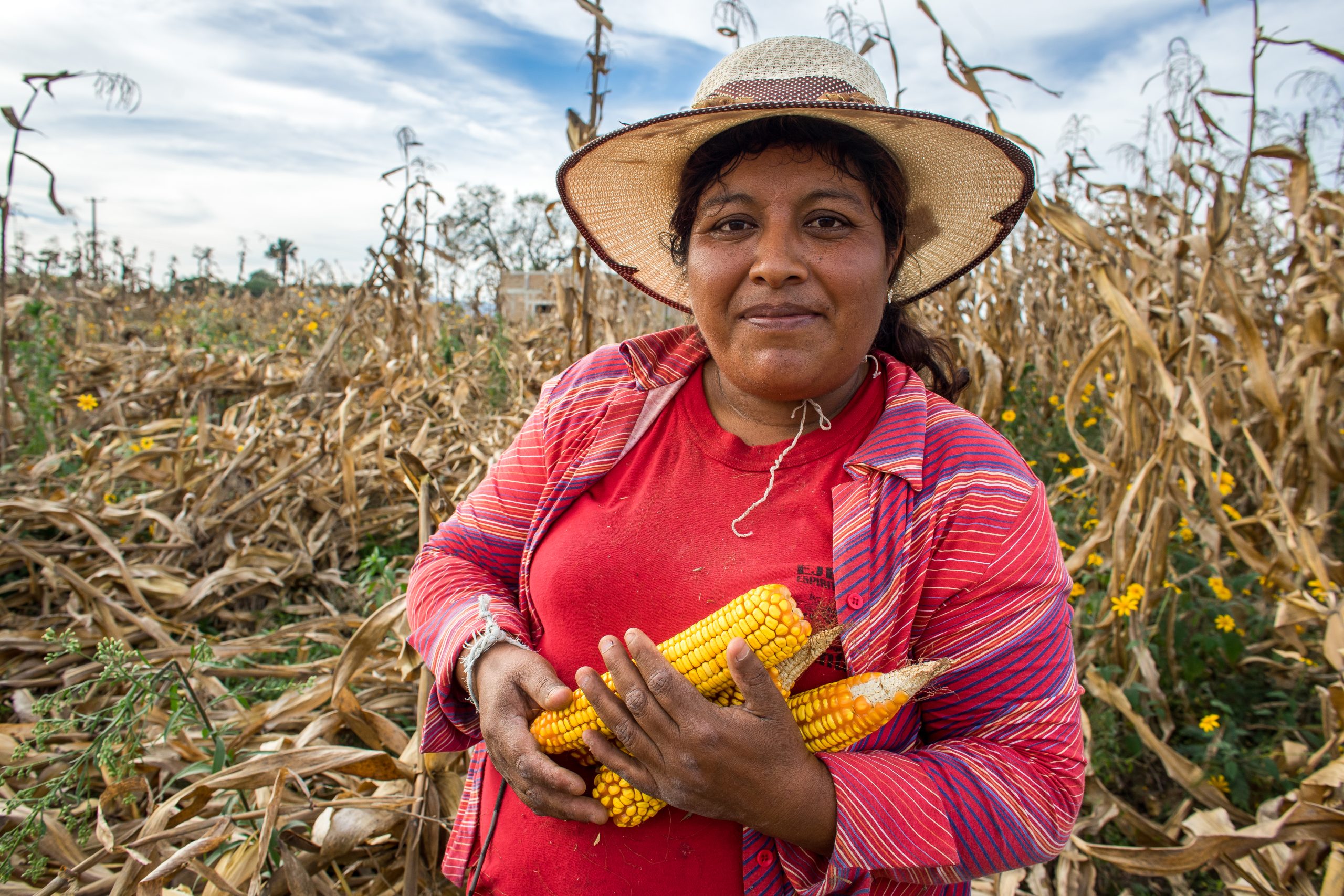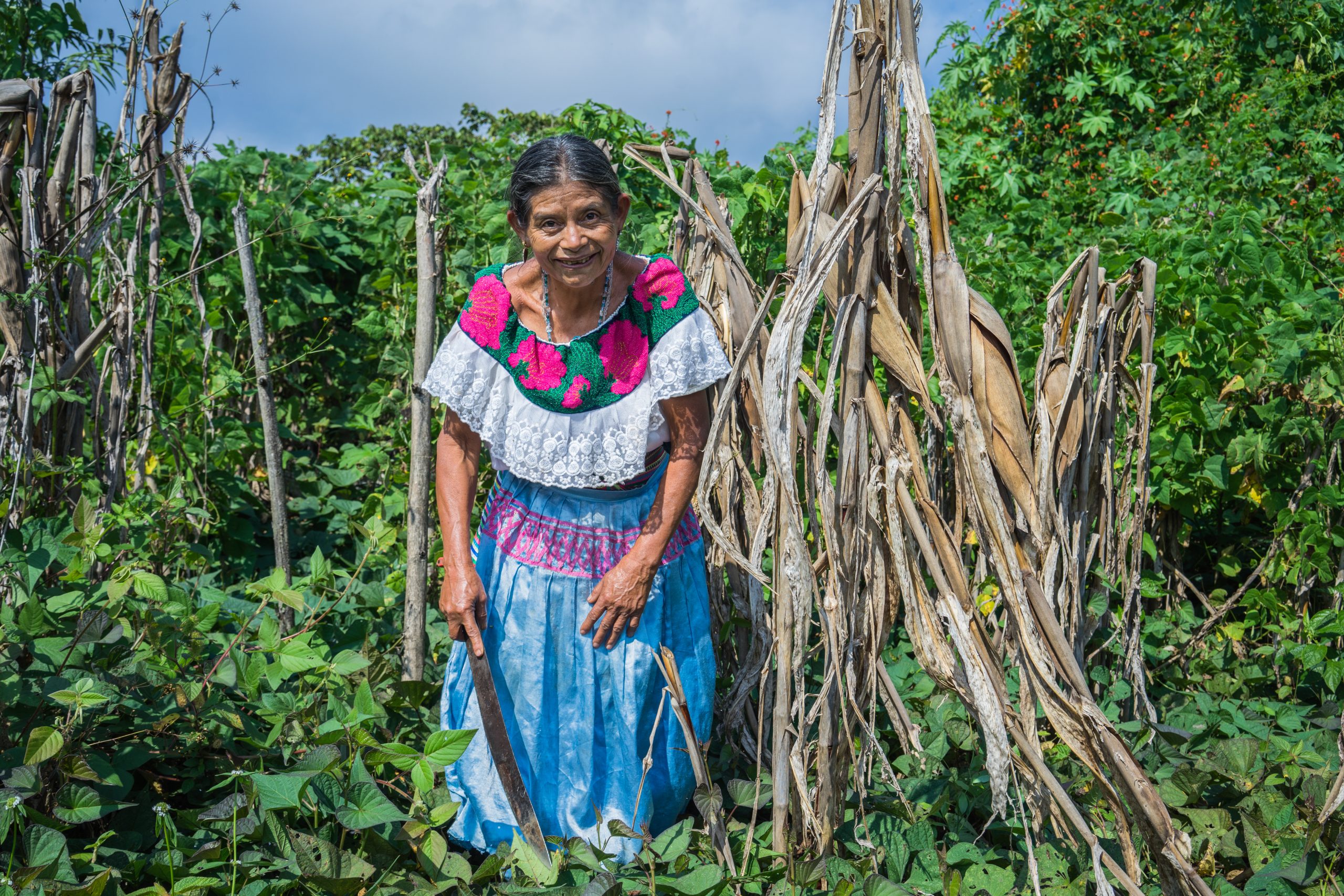CDA’s Innovative Approach Doubles Farmers’ Yields
Improved seeds of sorghum and groundnut have been a game-changer for farmers in Nigeria, doubling their yields and transforming their livelihoods.
At the Farmers’ Field Day organized by the Centre for Dryland Agriculture (CDA) in Tofa Local Government, farmers from 22 adopted communities of CDA shared their remarkable stories of increased productivity and income.
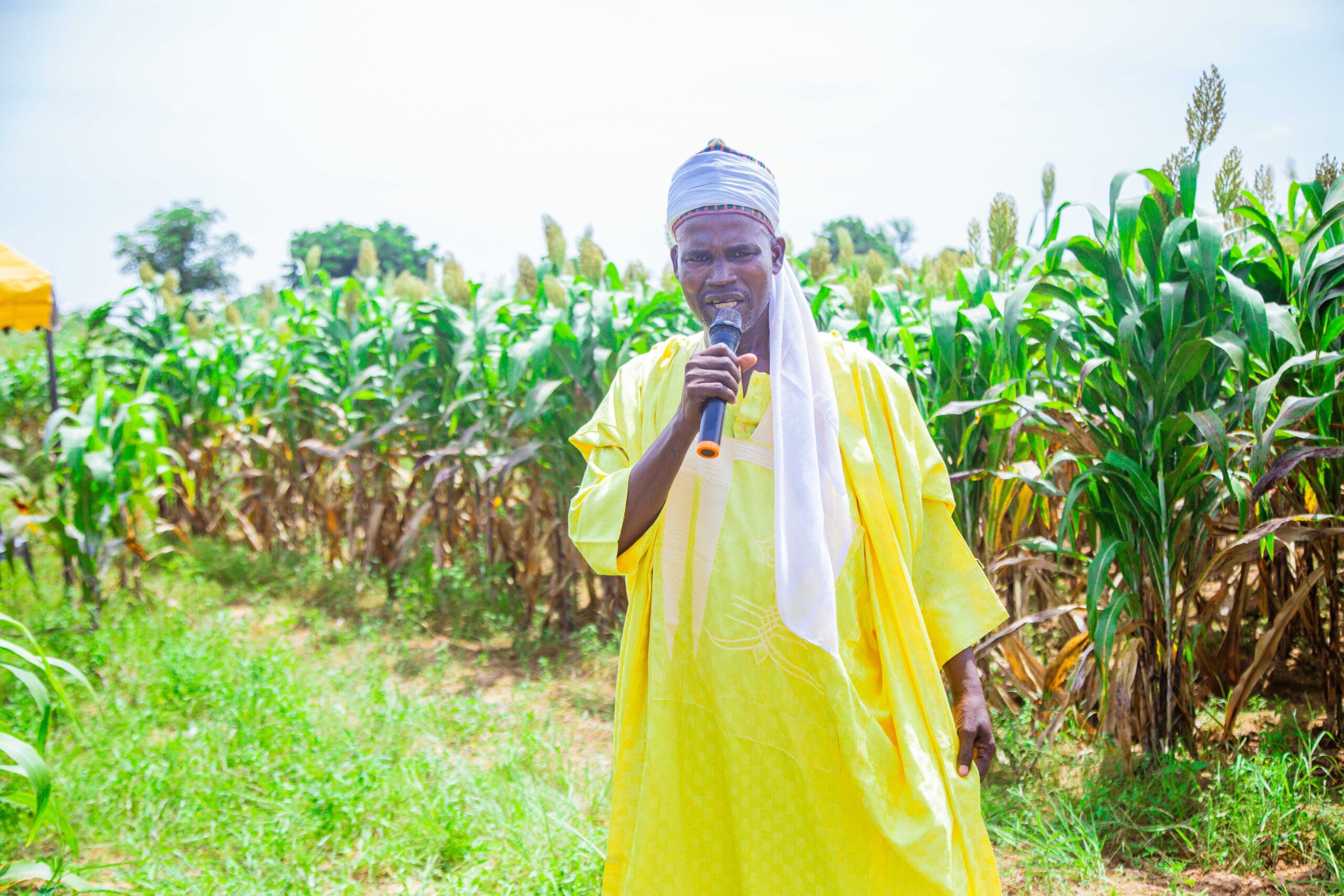
As a partner in the AVISA project and the African Dryland Crop Improvement Network (ADCIN), in collaboration with CIMMYT, CDA plays a vital role in developing and disseminating improved seed varieties tailored for dryland farming systems. Through comprehensive research efforts, CDA focuses on screening and selecting superior seed varieties for multiplication and distribution, ensuring that agricultural practices remain both sustainable and productive.
The AVISA project, funded by the Gates Foundation, aims to enhance food security, resilience, and the livelihoods of small-scale producers and consumers in the dryland regions of Nigeria and eight other countries in West and Central Africa, including Senegal, Burkina Faso, Ghana, Togo, Mali, Cameroon, Chad, and Niger. By strengthening networks to modernize crop breeding and fostering public-private partnerships, AVISA works to improve the productivity, profitability, and marketability of key dryland crops, including sorghum, millet, groundnut, cowpea, and common bean.
Similarly, ADCIN, established in August 2023 and convened by CIMMYT through its Dryland Crops Program (DCP), serves as a collaborative platform bringing together over 200 scientists from more than 17 countries in sub-Saharan Africa. ADCIN’s mission is to foster a dynamic and sustainable network dedicated to improving dryland crop varieties and ensuring their accessibility to farmers. By leveraging the collective expertise of its multidisciplinary members, the network aims to accelerate the adoption of resilient and high-yielding crops, ultimately transforming dryland agriculture.
Farmers shared compelling testimonies about the impact of CDA’s work on their productivity and income. Faruk Haruna, a beneficiary of CDA’s training and improved seeds, testified that his millet yield skyrocketed from 15–20 bundles to 52 bundles, a staggering increase of 200%. He jokingly referred to CDA as the “Cash Development Association” due to the significant financial gains.
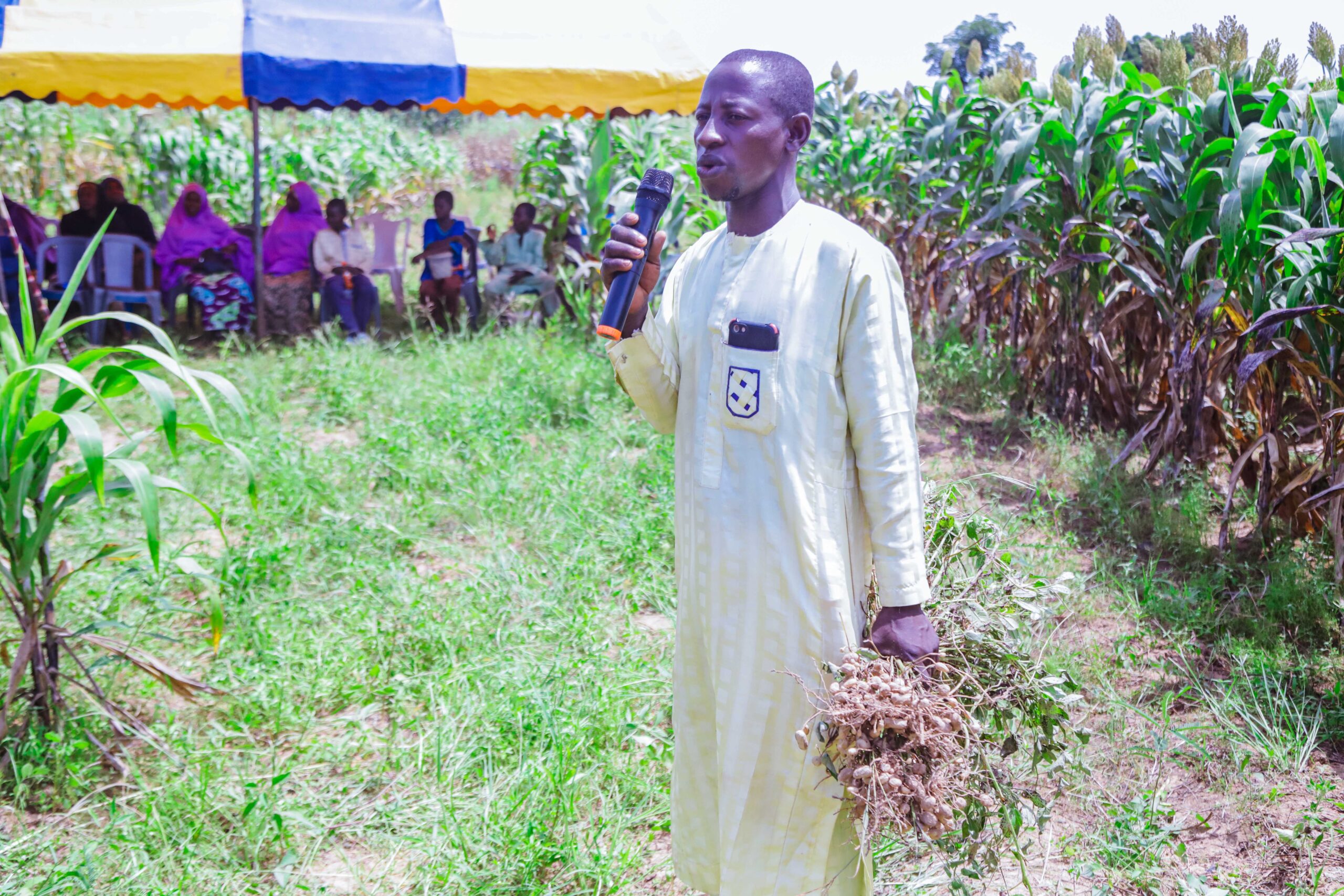
Nasiru Yusuf, another farmer, reported an impressive four-fold increase in yield—approximately a 400% increase—with the improved sorghum seeds, leading to a substantial boost in income.
Women farmers also praised CDA’s initiatives. Amina Habibu and Nafisatu Auwalu shared how CDA’s training and improved seeds have transformed their farming practices and benefited numerous women farmers’ associations.
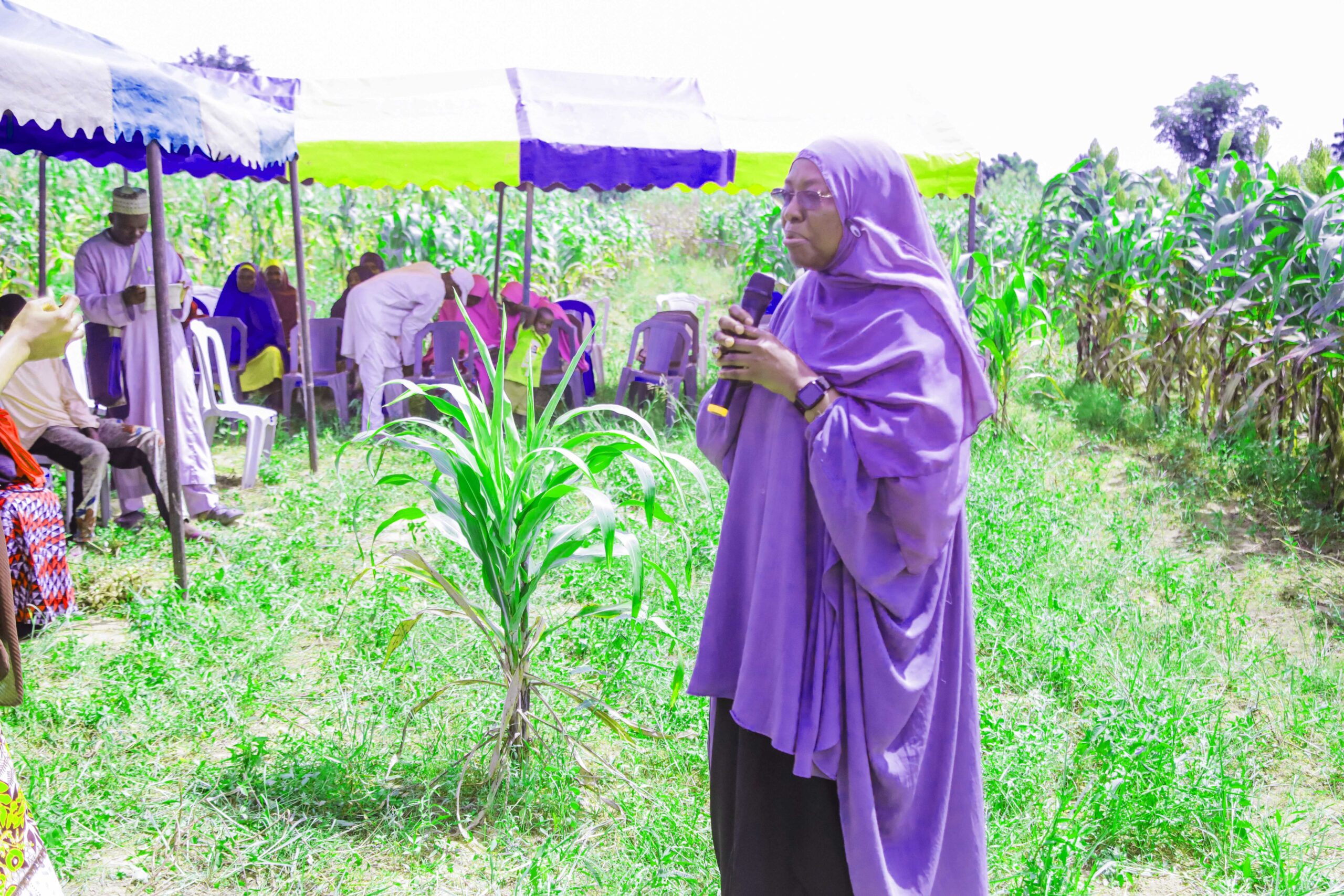
“CDA’s efforts have been instrumental in improving agricultural practices among local farmers,” said Deputy Director of Training, Prof. Sanusi Gaya Mohammed.
He emphasized the center’s commitment to enhancing farming through research and community engagement.
Echoing this sentiment, the Deputy Director of Outreach and Publications of CDA, Professor Amina Mustapha, said CDA is happy with the progress made by the farmers and how their farming systems have improved. She noted that the field day provides farmers with an opportunity to interact with the centre and learn best practices to further enhance their productivity.
Dr. Hakeem Ajiegbe, a senior researcher at CDA, underscored the importance of modern farming practices. “Farming all over the world has changed, and it is imperative for farmers to adopt best practices to improve their yield,” he said.
The district head of Tofa Local Government, Alhaji Sunusi Abubakar Tofa, commended CDA for its impact on farmers in the 22 adopted communities. He urged local farmers to continue embracing CDA’s innovations to enhance food production and ensure long-term agricultural sustainability.
